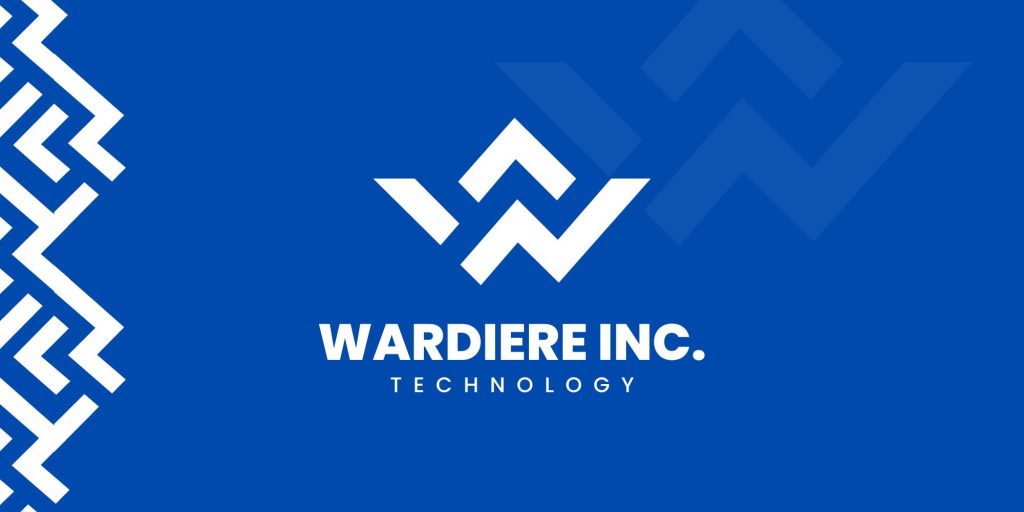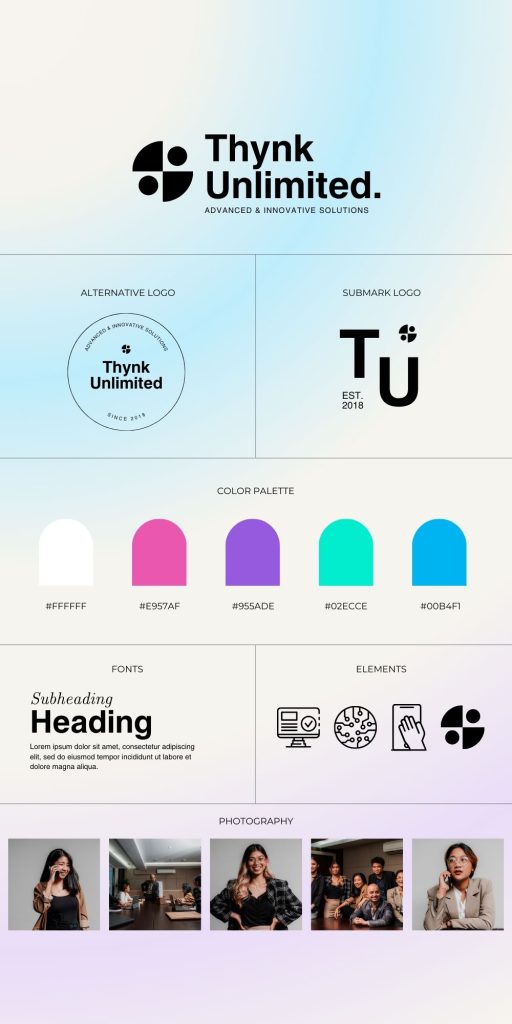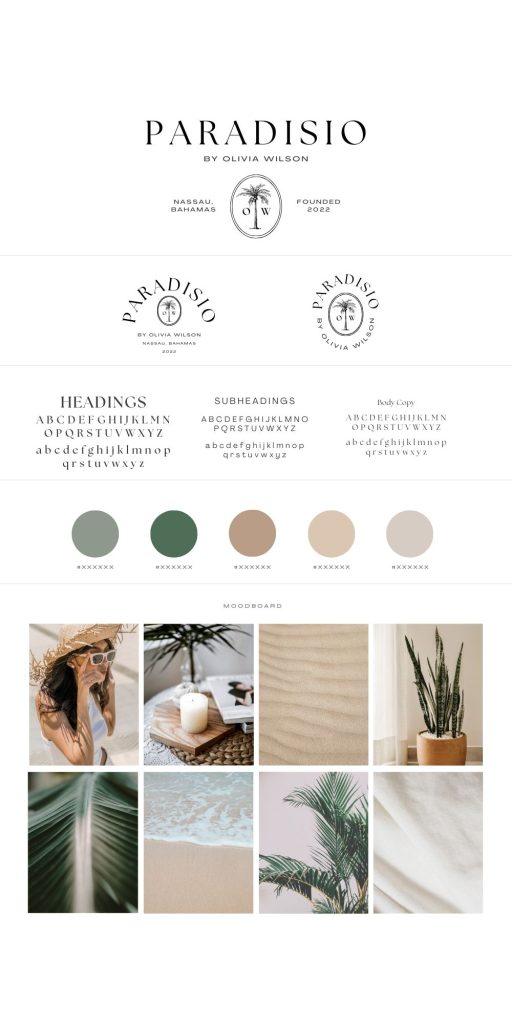Table of Contents
The Secrets of Successful Logo Design: From Idea to Implementation

Secrets of Successful Logo Design
Importance of a well designed logo
Are you ready to make a lasting impact with your brand? Look no further than the power of a well-designed logo. In today's competitive business landscape, a strong logo it is essential to stand out from the crowd and captivate your target audience. But what goes into creating a logo that truly represents your brand and resonates with your customers?
In this article, we'll delve into the fascinating world of logo design, exploring the process of turning an idea into a visual masterpiece. Whether you're a business owner, a designer, or just a curious reader, this guide will provide you with valuable information and practical tips to master the art of logo design.
One logo it serves as the face of your brand, the visual representation of everything your business stands for. It is the first impression potential customers have of your company and plays a key role in shaping their perception of your brand. A well-designed logo can communicate your brand's personality, values and unique selling points, making it an invaluable asset in today's competitive market.
One of the main reasons why a well-designed logo is important is its ability to create brand recognition. Think of some of the most iconic logos in the world – Apple, Nike, McDonald's – just one look at their logos is enough to instantly recognize the brand behind them. A powerfull logo it helps your brand stand out in a crowded marketplace and makes it easier for customers to remember and recognize your business.
In addition, a well-designed logo it has the power to evoke emotion and create a strong connection with your target audience. Colors, shapes and typography they play role in conveying the desired message and evoking specific emotions. Whether you want to appear trustworthy, innovative or friendly, a carefully crafted logo can help you achieve that emotional connection with your customers.
Elements of effective logo design
Creating an effective logo involves a careful balance of various design elements. It is important to consider these elements and how they work together to create a cohesive and impressive design.
Simplicity: A simple logo is often more memorable and versatile. It can be easily identified in different sizes and reproduced in different media. Avoid clutter and unnecessary complexity to ensure your logo remains clean and eye-catching.
Flexibility: A good logo should adapt to different applications and environments. It should look great on a website, business card, billboard or even a promotional item. Make sure the logo you retain its visual appeal and readability on different sizes and backgrounds.
Relevance: Your logo should reflect your brand identity and target audience. Consider the industry you operate in, your brand's unique personality, and the preferences of your target market. A logo that resonates with your audience will be more memorable and meaningful.
Memorization: An unforgettable one logo it's what sticks in your audience's mind. It should be distinctive and immediately recognizable. Think about the most memorable logos you've seen – they often have a unique element or clever use of negative space that sets them apart.
Timelessness: While it's important to stay current and relevant, a timeless logo design will stand the test of time. Avoid trendy elements or design fads that can quickly become outdated. Aim for a plan that will remain relevant and effective for years to come.
With these elements in mind, you can begin the exciting process of bringing your logo idea to life.
Logo design process
Designing a logo is a creative journey that requires careful planning and execution. To create a successful logo, it's important to follow a structured process that ensures you consider all aspects of your brand and your target audience. Here's a step-by-step guide to help you navigate the logo design process efficiently.
Research and brainstorm logo ideas
Before diving into the design phase, it is vital to conduct thorough research to understand the brand, industry and your target audience. This research will provide valuable information and inspiration for your logo design.
Start by considering your brand's values, mission, and unique selling points. Consider your target audience's demographics, preferences, and the emotions you want to evoke with your logo. Explore your competitors' logos to determine what works well and how you can differentiate your brand.
Once you've gathered enough information, it's time to brainstorm logo ideas. Start by sketching rough concepts, exploring different symbols, typography and layouts that align with your brand identity. Don't worry about perfection at this stage – the goal is to create a variety of concepts that can be refined later.
Sketching and creating initial logo concepts
With your ideas in hand, it's time to start designing and creating initial logo concepts. This stage allows you to explore different design directions and refine your ideas further.
Start by sketching out your concepts on paper or using digital tools. Experiment with different shapes, lines and typography to create a visual representation of your brand. Remember to keep design elements simple, flexible and relevant to your brand identity.
Once you have a few solid concepts, digitize them using design software to refine and experiment with different color combinations, fonts, and layouts. This stage allows you to visualize your ideas more precisely and make the necessary adjustments.
Improving and finalizing the concept of the selected logo
Once you've created your initial logo concepts, it's time to evaluate and refine them to select the most promising one. Consider factors such as visual appeal, brand alignment, and flexibility when choosing your final concept.
Gather feedback from stakeholders, colleagues or potential clients to gain different perspectives and ideas. Analyze the feedback and make the necessary adjustments to improve the chosen idea. Refine colors, shapes, typography and layout to ensure the logo effectively communicates your brand identity.
Remember, simplicity is key. Avoid overly complex design and strive for a clean and eye-catching final logo. Iterate on the design until you're sure it accurately represents your brand and resonates with your target audience.
Choosing the right colors and typography for the logo
Colors and typography play a critical role in logo design as they contribute to the overall message and emotional impact. Choose colors and typography that align with your brand identity and effectively communicate your desired message.
Color psychology can be a powerful tool in logo design. Different colors evoke different emotions and have specific associations. For example, blue is often associated with trust and professionalism, while red can evoke energy and passion. Think about the emotions you want to convey and choose colors accordingly.
Typography should also be carefully chosen to complement the overall design and reflect your brand personality. Fonts can convey a sense of elegance, playfulness, or novelty, among other attributes. Make sure the typography you choose is legible at different sizes and consistent with your brand style.
Logo file formats and usage instructions
After you have completed your logo design, it is important to consider the practical aspects of using the logo. Different platforms and media require different file formats and sizes, and it's important to ensure your logo remains consistent and visually appealing across all channels.
The most common file formats for logos are JPEG, PNG, and SVG. JPEG files are suitable for use online, but may lose quality when resized or printed. PNG files support transparency and are ideal for digital and print use. SVG files are scalable vector files that can be resized without losing quality and are widely used for digital applications.
Additionally, it is important to create usage guidelines to maintain consistent branding across different platforms. These guidelines should specify minimum size requirements, free space around the logo, and any color variations or restrictions. By providing these guidelines to stakeholders, you ensure that your logo is used correctly and maintains its integrity.
Conclusion and final thoughts on logo design review
Designing a logo is an art form that requires a deep understanding of your brand, target audience and design principles. A well-designed logo has the power to make a lasting impact, communicate your brand identity and foster an emotional connection with your customers.
By understanding the importance of a well-designed logo, mastering the elements of effective logo design, and following a structured logo design process, you can create a logo that truly represents your brand and captivates your audience.
Remember to keep it simple, flexible and relevant to your brand identity. Choose colors and typography that convey the desired message and evoke the right emotions. And don't forget to create usage guidelines to ensure consistent branding across different platforms.
Embrace the journey of logo design and with practice and dedication, you will master the art of creating visually stunning and eye-catching logos that leave a lasting impression on your audience.



Interest Form